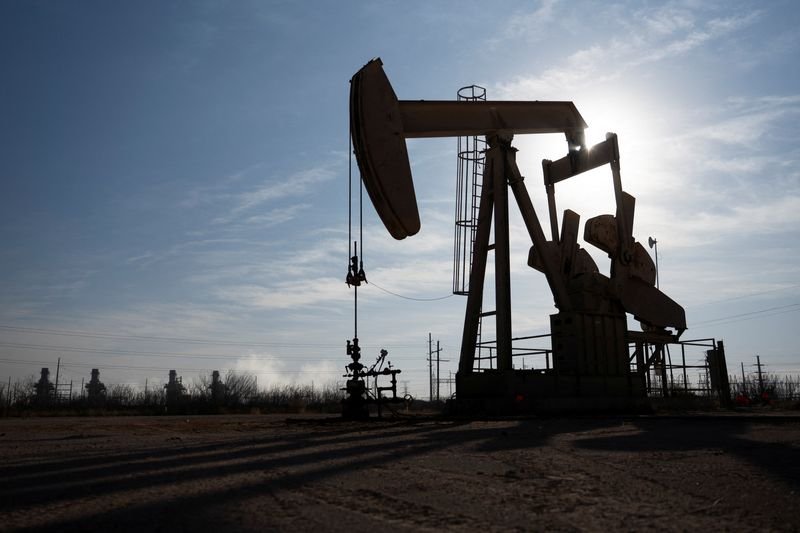Oil Prices Decline as Iran Reiterates Support for Nuclear Agreement
Oil prices have shown a downward trend recently, influenced by Iran’s reaffirmation of its commitment to the nuclear treaty. This development has significant implications for the global oil market and contributes to fluctuations in crude oil prices.
Factors Influencing Oil Prices
The relationship between geopolitical events and oil prices is crucial. When countries, particularly those rich in oil reserves, express commitment to international agreements, it can lead to stabilizing oil supply and pricing. Iran’s recent confirmation to adhere to the nuclear deal has raised confidence among traders and investors, anticipating less disruption in oil supplies from the region.
Geopolitical Landscape
Iran’s position in the Middle East plays a pivotal role in the global oil landscape. As a major oil producer, the nation’s actions can reverberate through the markets. The reaffirmation of its nuclear commitment may help ease tensions that have plagued its relationships with Western nations, potentially allowing for increased oil exports in the future. This prospect can lead to a better supply outlook, affecting pricing dynamics in the oil sector.
Iran’s Oil Production Status
Iran’s oil production has faced substantial obstacles in recent years, largely due to sanctions imposed by various countries. However, ongoing diplomatic efforts and dialogue could lead to an increase in production. As Iran works towards fulfilling its obligations under the nuclear agreement, the potential for lifting sanctions looms, causing ripples in oil pricing.
Market Reactions
The response from traders to Iran’s renewed commitment has been evident in recent market activity. Oil futures have experienced volatility, with prices reacting not only to Iran’s moves but also to other geopolitical developments and economic indicators. As investors react to news, the price of crude oil can shift significantly.
Economic Indicators and Oil Demand
In addition to geopolitical factors, economic indicators globally also play a crucial role in oil pricing. Factors like economic growth rates, manufacturing output, and consumer demand signal how much oil will be needed in the future. A robust economy often correlates with increased oil demand, while economic downturns can lead to reduced consumption.
The Future of Oil Prices
Looking ahead, analysts are closely monitoring the global oil market. With various factors influencing prices—from geopolitical tensions to economic data—the outlook remains complex. Iran’s commitment to the nuclear treaty provides a layer of stability, but ongoing developments in other oil-rich regions and the global economy will also factor heavily into future pricing trends.
The Broader Energy Market
It’s not just oil that is affected by these developments. The entire energy market can feel the shockwaves of geopolitical events. Renewable energy sources and alternative fuels are also influenced as companies pivot strategies based on oil price trends. This interplay between traditional oil markets and burgeoning renewable sectors can shape the future of energy finance.
Conclusion
In summary, Iran’s reaffirmation of its commitment to the nuclear treaty is an influential factor in the dynamics of global oil prices. While the geopolitical landscape remains complex and multifaceted, it’s crucial for traders and investors to stay informed about such developments. This potential stabilization in Iranian production can help shape the market as demand and supply continue to interact in significant ways.
Maintaining awareness of both economic indicators and geopolitical tensions is vital for navigating the complexities of oil pricing in today’s ever-evolving energy market.
